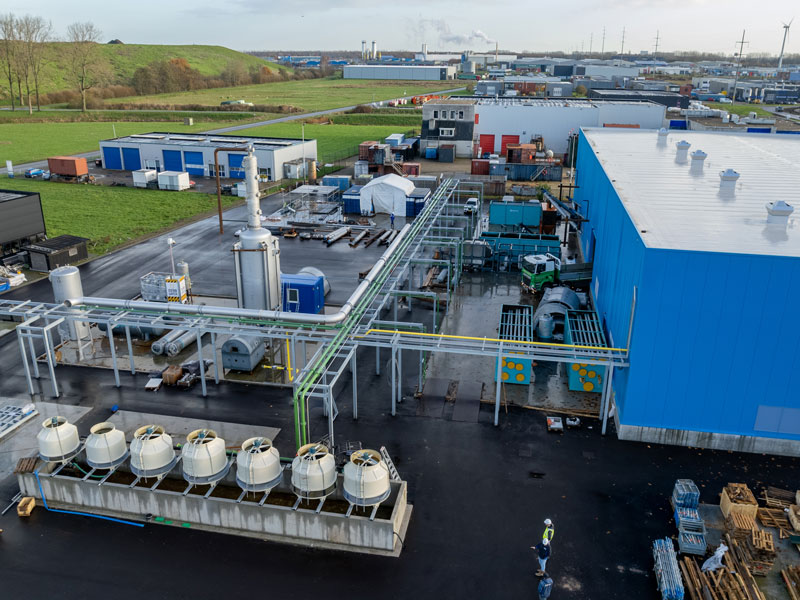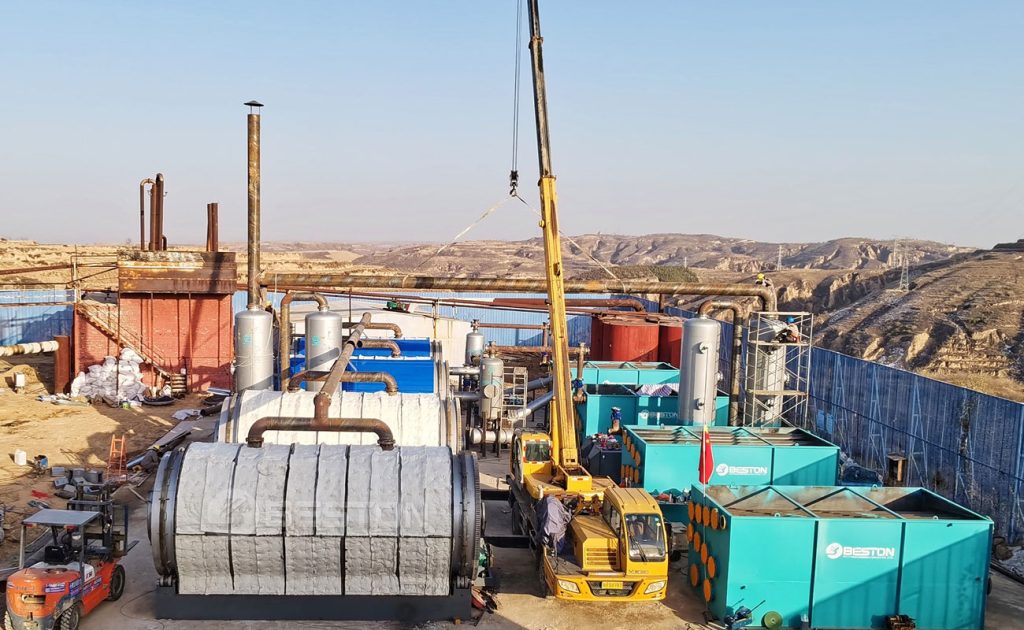Factors Affecting Waste Tyre Pyrolysis Plant Price
Waste tyre pyrolysis plant plays a crucial role in converting discarded tyres into valuable resources such as fuel oil, carbon black, and steel wire. As the demand for sustainable waste management solutions increases, these plants have gained significant attention. However, before investing in a waste tyre pyrolysis plant, it is essential to understand the factors that affect its price. By delving into the intricacies of these factors, potential investors can make informed decisions, ensuring optimal returns on their investments.

Raw Material Quality
Tyre quality has a direct impact on the pyrolysis process and, consequently, the pricing of waste tyre pyrolysis plant. Different tyre types possess varying chemical compositions and properties that influence their suitability for pyrolysis. For instance, tyres with high rubber content and low metal reinforcement are more favorable for pyrolysis due to their higher energy content and ease of processing. Additionally, tyre pre-processing, including shredding and removal of contaminants, significantly affects plant prices as it requires additional machinery and operational considerations.
Plant Capacity and Design
Plant capacity is a critical factor in determining the price of a waste tyre pyrolysis plant. Higher-capacity plants require more substantial investments in terms of raw materials handling, feedstock storage, and processing equipment. Moreover, plant design plays a pivotal role in both efficiency and cost. Innovative designs that optimize heat transfer, maximize oil yields, and minimize energy consumption may command higher prices due to their superior performance and long-term benefits. Investors must carefully evaluate their requirements to select an optimal plant capacity that aligns with their operational goals.
Pyrolysis Technology and Equipment
The choice of pyrolysis technology and equipment significantly influences the pricing of tyre to oil plant. Different pyrolysis technologies, such as fast pyrolysis and slow pyrolysis, exhibit variations in oil yield, quality, and process duration. Additionally, the selection between batch, semi-continuous, and fully continuous systems affects plant pricing. While batch systems are generally less expensive, continuous systems offer higher operational efficiency and productivity. The specific pyrolysis equipment employed, such as reactors, condensers, and gas treatment systems, also impacts the overall plant cost.
Environmental Compliance and Safety Standards
Adhering to environmental compliance and safety standards is crucial in waste tyre pyrolysis operations. The integration of emission control systems, such as scrubbers and filters, to minimize air pollutants, adds to the plant price. Moreover, safety features like fire prevention systems, automated controls, and alarm systems contribute to the overall cost. While these additions increase the initial investment, they ensure regulatory compliance, mitigate risks and promote responsible waste management practices.
Market Demand and Competition
The dynamics of the waste tyre pyrolysis industry, including market demand and competition, influence plant pricing strategies. Understanding the current and projected market demand for pyrolysis products, such as fuel oil and carbon black, helps investors gauge the feasibility of their ventures and estimate potential returns. Furthermore, competition among tyre pyrolysis plant manufacturers affects the price range, with factors such as brand reputation, technology differentiation, and customer service playing significant roles.
Operational and Maintenance Costs
Beyond the initial investment, operational and maintenance costs are critical considerations for waste tyre pyrolysis plant owners. Energy consumption, particularly in the form of heating systems and electricity requirements, can significantly impact operational expenses. Additionally, maintenance requirements, including regular inspections, parts replacement, and repairs, contribute to long-term costs. Proper estimation of these ongoing expenses ensures sustainable operation and avoids unexpected financial burdens.
Government Incentives and Policies
Governmental incentives and policies can play a substantial role in determining waste tyre pyrolysis plant prices. Many countries offer financial support, subsidies, or tax benefits to promote sustainable waste management practices. Awareness of these incentives and keeping track of policy changes is crucial for investors. Governments may revise regulations or introduce new initiatives that could impact the financial viability of waste tyre pyrolysis projects. Staying informed and adapting accordingly can help optimize plant prices and secure favorable returns on investment. If you still have doubts about the above questions, please pay attention to the website: https://bestonasia.com/ to get more professional solutions.
Conclusion
The price of a waste tyre pyrolysis plant is influenced by a multitude of factors that span from the quality of the raw materials to government policies. Evaluating these factors comprehensively is essential for potential investors to make informed decisions and maximize their returns. The quality of tyres used, plant capacity and design, pyrolysis technology and equipment, adherence to environmental and safety standards, market demand, operational costs, and government incentives collectively shape the pricing landscape. By considering these factors carefully, investors can navigate the waste tyre pyrolysis industry successfully, contributing to a sustainable future while achieving their business objectives.